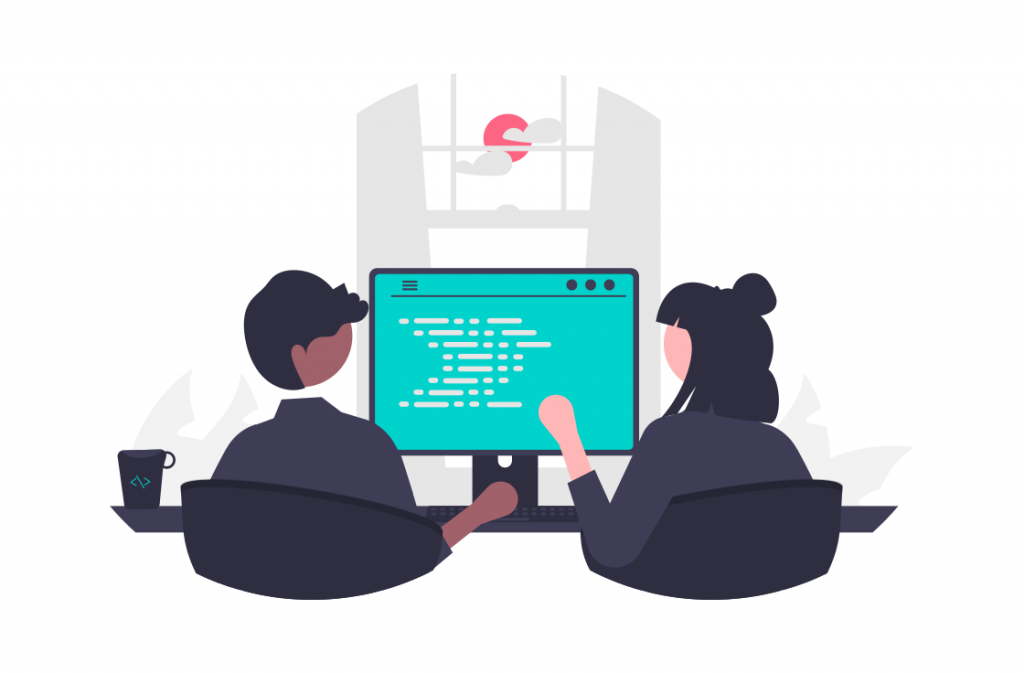
Machine translation and computer-assisted translation: one provides a rapid initial pass while the other elevates the translation process to a higher level of accuracy and cultural sensitivity. But how do these tools work and why are they often used in tandem?
Read on as we explore machine translation vs. computer-assisted translation, unraveling the distinctions and synergies that define the dynamic interplay between these two systems.
What is machine translation?
Machine translation (MT) is a subfield of artificial intelligence (AI) and computational linguistics that focuses on the development of computer programs and systems to automatically translate text or speech from one language to another.
MT systems use various techniques and approaches, including rule-based methods, statistical methods, and more recently, neural machine translation (NMT). The quality of machine translation has improved significantly in recent years, especially with the advent of NMT, which has shown better performance in capturing context and nuances in language.
What is computer-assisted translation?
Computer-assisted translation (CAT) refers to the use of computer software and tools to aid human translators in the process of translating text from one language to another. CAT tools are designed to enhance the efficiency, consistency, and quality of the translation process while leveraging the skills and expertise of human translators.
Improve your localization process
Discover an easy to use and affordable localization app.Key features of CAT include translation memory (TM), terminology management, concordance searches, alignment tools, Quality Assurance (QA) checks, and project management. CAT tools have become indispensable in the translation industry, enabling translators to produce high-quality translations more efficiently and cost-effectively.
Machine translation vs. computer-assisted translation
Machine translation and computer-assisted translation are related concepts, but they represent different approaches to the translation process. Here’s how these two differ:
Human involvement
MT is fully automated, relying on algorithms and models to translate content without direct human intervention. It is fast and can process large volumes of text in a short amount of time. MT systems can maintain consistency in terminology and style, but the output may lack the nuanced understanding that human translators bring. For this reason, MT is often requires post-editing by a human translator to ensure accuracy and fluency.
CAT, on the other hand, involves human translators using specialized software tools. The technology aids the translator but does not replace the need for human linguistic expertise. Translators have greater control over the translation process, allowing them to make nuanced decisions based on context and cultural considerations. Human translators can adapt to various content types, including highly specialized or creative texts, which may pose challenges for automated systems.
Output quality
MT quality can vary depending on the system and the languages involved. Neural Machine Translation has improved overall quality compared to earlier methods. As already mentioned, MT systems are suitable for obtaining a quick understanding or gist of a text but may struggle with idiomatic expressions, cultural nuances, and domain-specific terminology.
CAT tools, through features like translation memory and terminology management, contribute to maintaining consistency and improving overall translation quality. The output of CAT is shaped by human translators who can provide a deeper understanding of context, culture, and domain-specific knowledge.
Use cases
MT is often used for quick translations in informal communication, such as translating emails, social media posts, or simple phrases. It is suitable for handling large volumes of content where a quick, rough translation is acceptable.
CAT is widely used in professional translation environments for projects that demand a high level of accuracy, consistency, and quality. It is effective for translating specialized content, such as legal, medical, or technical documents, where precision is crucial.
Taking a hybrid approach
In practice, many translation workflows combine both MT and CAT to leverage the strengths of each approach. For instance, a translator might use a CAT tool for its translation memory and terminology management, while also incorporating machine translation as a reference or for generating initial drafts. The human translator then reviews, refines, and ensures the output meets the desired quality standards.
Speaking of a hybrid approach… Wouldn’t it be nice to have a platform that offers both machine translation and computer-assisted translation capabilities? The good news is, with localization software POEditor, you can. We’ll explain everything below.
Enjoy MT and CAT features with POEditor
POEditor is a comprehensive software localization platform and translation management system that seamlessly integrates both machine translation and computer-assisted translation functionalities. This unique combination empowers users to leverage the benefits of both approaches to achieve high-quality translations efficiently.
POEditor’s automatic translation feature utilizes powerful MT engines from Google Translate, Azure AI Translator, and DeepL, providing quick and initial translation of source text. This initial step can significantly accelerate the localization process, especially for large volumes of content. No worries, you can add contributors (e.g. translators) to your POEditor project to post-edit the automated translations.
Beyond MT, POEditor offers a robust CAT toolkit to assist human translators throughout the localization process. This includes features like translation memory – which stores previously translated segments, terminology management – such as the capability of creating glossaries, and QA checks.
Incorporating both machine translation and computer-assisted translation features within a single platform can provide a comprehensive and efficient solution for your localization needs. This makes POEditor an invaluable tool for businesses and organizations seeking to expand their reach.